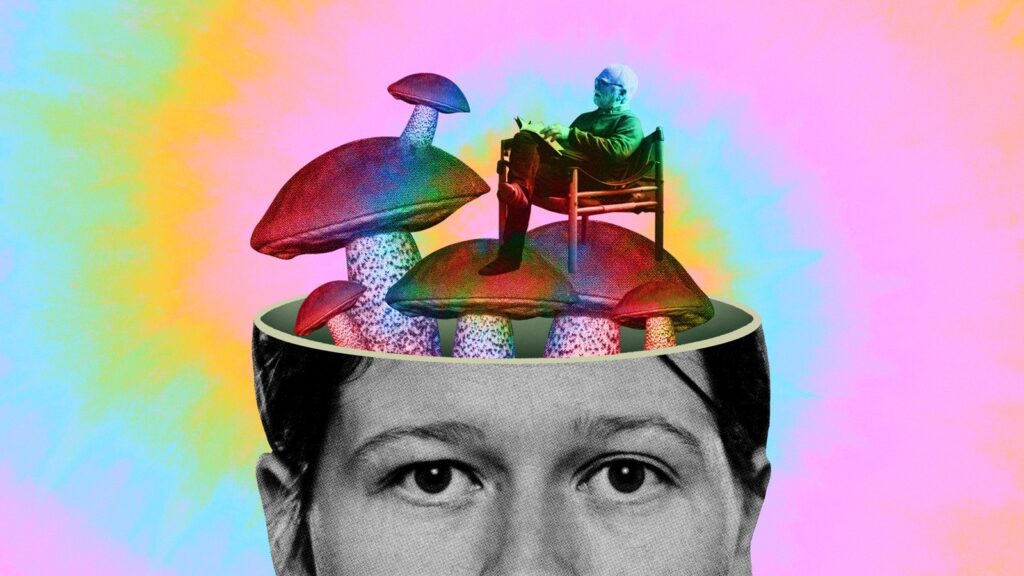Believe it or not, different psychedelic substances have been used for spiritual experiences and holistic medicine for thousands of years. This practice is well-known as psychedelic therapy that primarily provides administration of psychedelic or hallucinogenic substances for therapeutic purposes. Many users claim that they consume magic mushrooms for health improvement, including depression and anxiety treatment, increased focus, and energy. Shroom therapy has even the potential to treat PTSD. Today, we will introduce you to the question of what is shroom therapy, and what benefits it can produce.
What is psychedelic therapy: types and techniques
Psychedelic therapy is considered a technique that includes taking psychedelics for some health properties and is often under a specialist’s control. Some recent research has shown that psychedelic substances can cause lasting behavioral and psychological effects if utilized under supervision. At the same time, scientific studies found that psilocybin contained in magic mushrooms can produce positive changes in patients’ general wellness.
When it comes to psychedelic therapies, there are several most common substances to utilize during a session. For instance, psilocybin can alter consciousness and perceptions and is widely studied for its properties to treat mental health conditions. LSD is mostly taken to cure anxiety and addiction, producing altered mood and world perception. Other types of psychedelics for therapeutic therapy include ecstasy and ayahuasca.
Techniques used for this therapy might vary from patient to patient, but some common approaches still exist. Shroom therapy can involve consuming low or moderate doses of psilocybin. Besides, another variation of psychedelic therapy goes to microdosing – it is a practice of administering tiny doses of psilocybin to reach beneficial health effects, like increasing energy, boosting creativity, decreasing depression, and so on.
Additionally, psychedelic therapy is likely to incorporate supervision by a professional during the psychedelic experience. Treatment should pass in a convenient environment while a patient feels comfortable with a specialist. A supervisor will also help get insights and explain the background after a session. The key to success is to repeat consuming drugs with an interval of 7-14 days between sessions.
Health benefits of shroom therapy
Reduction of anxiety and mood disorders
There is a theory that psychedelics can treat depression to produce specific mood benefits. The 2016 trial came to a result that psilocybin treatment can reduce depression and anxiety symptoms in patients who pass appointed cancer treatment.
Treat PTSD
Some recent research found psychedelics helpful for curing post-traumatic stress disorder. For example, a psychedelic substance, MDMA provides effects that can treat some forms of PTSD.
Treat addiction
Psychedelics remain promising to treat different forms of addiction. This was discovered by some early research that found LSD helpful to recover from various substance use conditions.

